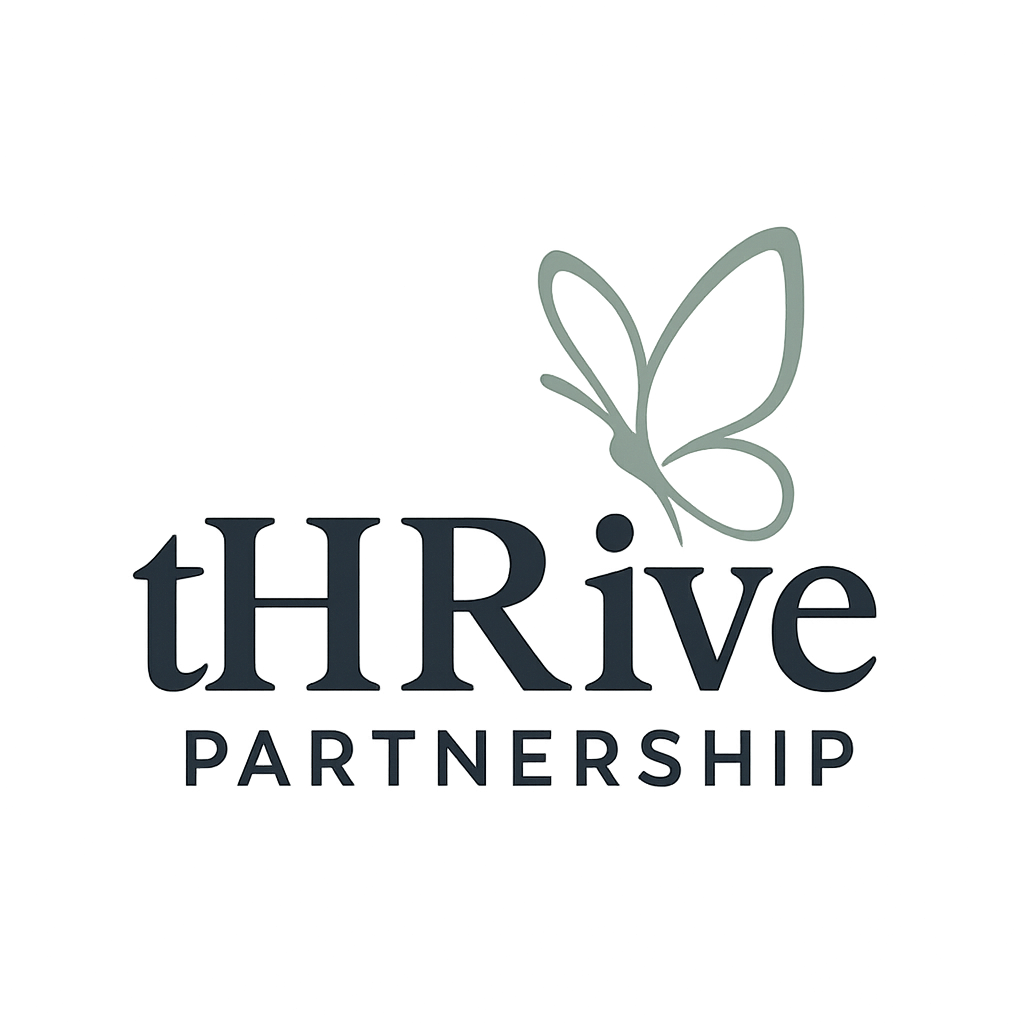The Future of People & Culture: Where AI Ends and Human Connection Begins
AI and automation are reshaping almost every corner of business. From recruitment to finance, from marketing to operations, the way work gets done is shifting, and People & Culture is no exception.
But here’s the truth: AI will never be able to replace the heart of People & Culture.
Why? Because at its core, People & Culture isn’t just about processes, policies, or efficiency. It’s about humans: their values; their experiences; their hopes, and their resilience. And those things can’t be automated.
So the real question isn’t “Will AI replace HR?” but “How can we use AI to free us up for what matters most: connection?”
Where AI adds real value
AI is already transforming some of the most time-consuming parts of People & Culture:
✨ Recruitment screening: scanning CVs and shortlisting candidates quickly.
💰 Payroll and benefits: handling deductions, updates and error-checking.
📊 Analytics: highlighting trends in engagement, performance and turnover.
🗓️ Employee self-service: giving people the ability to book leave or update details with ease.
Adoption, however, is still in its early stages. Cornerstone’s State of AI in HR report (September 2025) indicates that only around 9% of HR teams currently utilise AI tools, far behind other functions. Another survey cited by Gartner suggests that HR leaders expect 37% of the workforce to be impacted by generative AI in the next 2–5 years, signalling rapid growth, but not yet at maturity.
This tells us two things: interest is high, but integration is patchy. Most organisations are experimenting, not embedding.
💡 tHRive Partnership Insight: Inclusion through AI
AI doesn’t just streamline admin. When designed thoughtfully, it can make workplaces more accessible for neurodivergent and dyslexic thinkers, from transcription tools that support meeting participation to text-to-speech for clearer communication. It’s not widely measured yet, but the potential is huge. This is where the human choice in how we deploy AI matters most.
Where humans must lead
But People & Culture is not just an operations function. It’s the part of a business that holds the mirror up to leadership, that protects values, that builds trust. And that can’t be coded.
Here are a few areas where humans, not machines, need to take the lead:
❤️ Redundancies and restructures: these moments call for empathy, compassion and transparency, not just efficiency.
🌱 Culture building: belonging, pride and purpose can only be nurtured by people, not algorithms.
🗣️ Difficult conversations: whether it’s giving feedback or supporting someone through a personal challenge, trust is built human to human.
🎯 Strategic decisions: balancing cost, culture, and compliance requires judgement and empathy that technology can’t provide.
And critically, it’s humans who can spot and champion difference. Algorithms don’t always understand nuance, diverse communication styles, or the unique strengths of dyslexic and neurodivergent thinkers. Without human judgement, brilliant candidates risk being filtered out simply for not “fitting the mould.”
The risks of over-automation
If we lean too heavily on technology without a human balance, the risks are real:
⚠️ Bias baked into algorithms: AI trained on biased data will make biased decisions.
💔 Depersonalisation: when employees feel like numbers, engagement plummets.
🤖 Erosion of trust: people can’t confide in a chatbot the way they can in a respected leader.
🚪 Exclusion risks: neurodivergent talent may be unfairly filtered out by rigid CV-screening or assessment tools.
And then there’s data. People & Culture teams handle some of the most sensitive personal information in a business, from salaries to health data. Under GDPR and UK data protection law, using AI tools without clear safeguards risks legal penalties, reputational damage, and a breakdown in employee trust.
Finding the sweet spot
The future of People & Culture isn’t about choosing between AI and empathy. It’s about designing a balance. AI can take on the busywork, leaving People & Culture leaders to focus on the things only humans can do:
🌟 Champion values and keep them alive in daily practice.
🤝 Support managers through difficult conversations.
🏆 Shape cultures that attract and retain brilliant people.
🔑 Embed purpose and trust into business strategy.
🦋 Create workplaces where difference is not just accepted but valued.
Final thought
AI isn’t going anywhere. Used wisely, it can free up time, reduce mistakes, and provide leaders with valuable insights. However, if we rely solely on tech, without empathy, without inclusion, or privacy safeguards people trust us with, we risk creating workplaces where people feel unseen and unheard.
That's why, as leaders, our challenge is not to ask “what can AI do for us?” but “how can AI enable us to be more human in the moments that matter?”
Because culture isn’t coded in an algorithm. Culture is lived in every conversation, every decision, every act of empathy. And when leaders use AI to amplify, not erase human differences, especially by supporting neurodivergent and dyslexic thinkers, they don’t just build fairer workplaces, they build stronger ones.
That’s where the real future of work lies.

